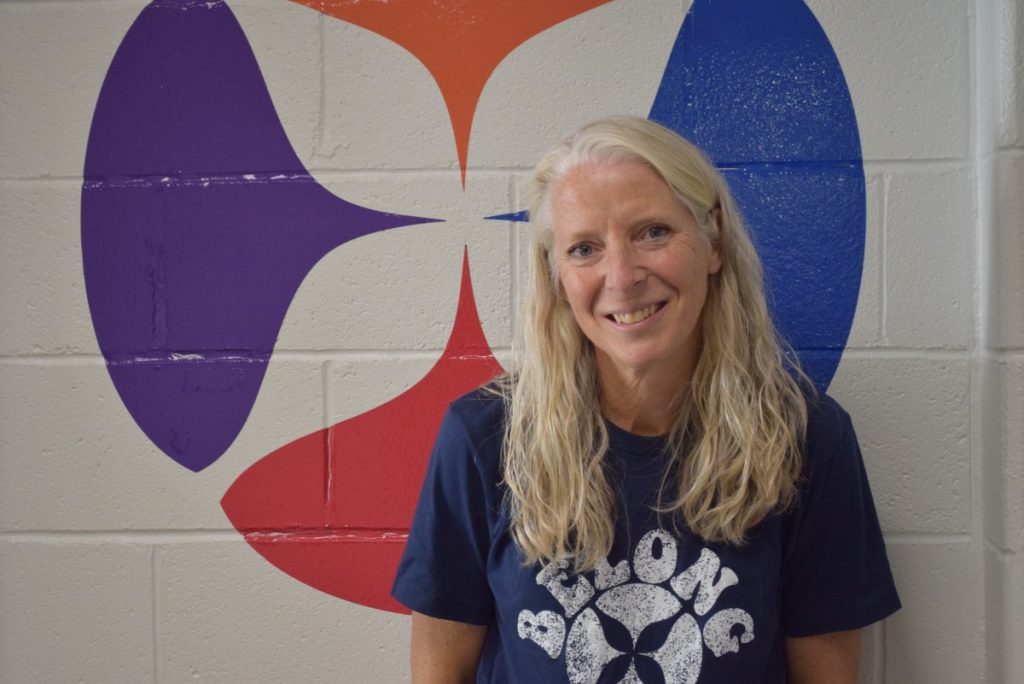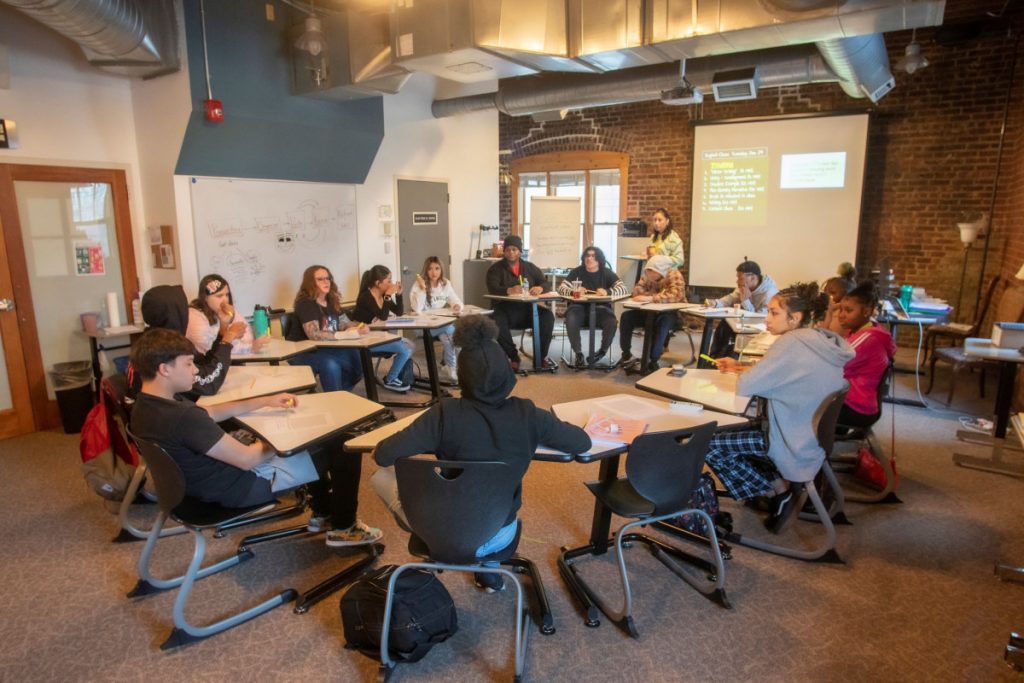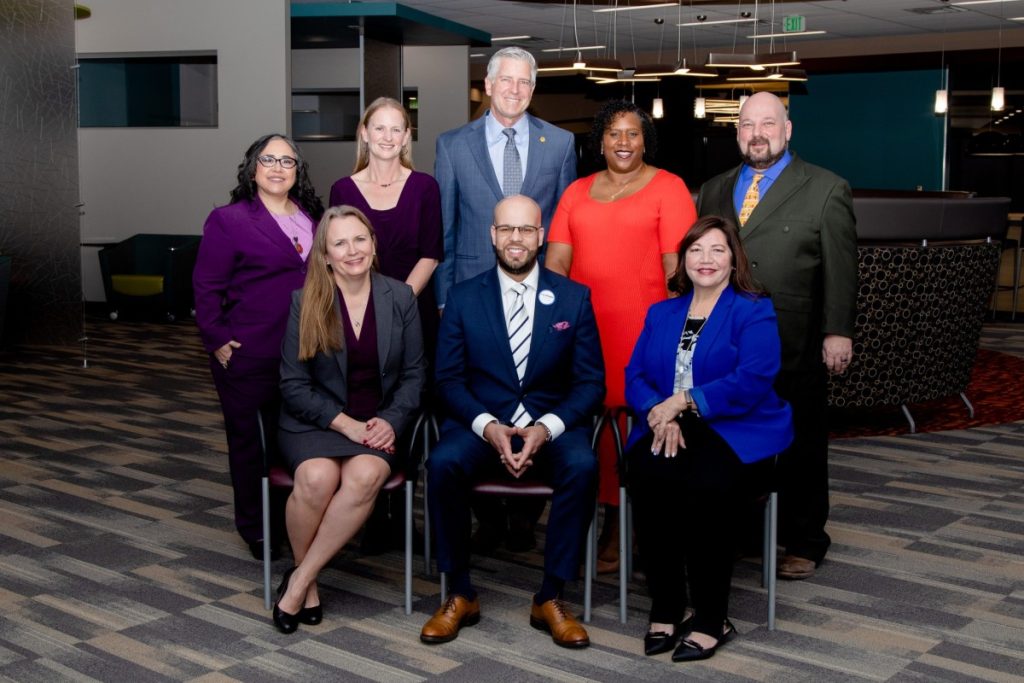Editor’s note: This article was written by Carol Bowar, the executive director at Girls Athletic Leadership Schools. GALS is a Denver Public Schools charter school in the Lincoln Park neighborhood, serving middle and high school students.
When the Colorado Measures of Academic Success (CMAS) scores were released this August, there was a slight decline in English Language Arts (ELA) scores for girls compared to boys since 2019. State leaders were unsure of why, but suggested that research alludes to young women struggling more during the pandemic with depression and anxiety, which could have resulted in some of the scores we are seeing.
It’s important for us as educators to think about where our current students were during COVID-19 shutdowns. Those skills developed (and missed) during online learning and the return to school with unfamiliar structures obviously had an impact are now playing out in their current grade-level engagement and coursework.
But more importantly, some of our students were alone for a whole year and a half; unable to see their friends’ faces and then distanced when returning. We cannot ignore the emotional outcomes on learning during the pandemic.
At Girls Athletic Leadership School (GALS), we have seen growth in our CMAS numbers, with our middle school seeing an overall 9% increase in math proficiency and outperforming DPS by 15% in ELA proficiency.
We recognize that academic scores do not exist in a vacuum, and those numbers represent only one part of any student. When we look at data, and build strategies to close gaps, increase growth, and support proficiency, we also need to look at data or know what our students are experiencing in their adolescent development, and their life experiences.
At GALS, we build a culture that is focused on each individual student’s needs. Through intentional core SEL courses and access to mental health staff, we provide our students with the opportunity to access the skills, knowledge, self-awareness, self-efficacy and self-determination needed to succeed in life.
We focus on movement-based learning, because research demonstrates that daily exercise improves memory, attention, and cognition. But most importantly, we meet our students where they are. We have created an environment where girls and gender-expansive youth have the opportunity to know themselves well, take up space, own their power, and use their voice.
Our curriculum and culture put them front and center with the potential to learn and practice the skills that will serve them in being their most authentic selves in the world.
Our training for staff is intentional in teaching the science of learning and equipping our educators to recognize the signs of trauma in learning spaces, whether or not it is easily noticeable. In typical adolescent development, the cognitive part of a young person’s brain is receptive, and the need to focus on survival is low, but when the brain is facing developmental trauma, this is flipped.
The need for survival is so great that it consumes or closes off the part of the brain used in cognition, which makes learning, processing and retaining is much more difficult. Social-emotional development is also squeezed by trauma, resulting in far less opportunity for growth than in typical development.
When our students are experiencing trauma, we know we cannot jump to strategies that focus only on cognitive development, because if we do, we are badly missing the mark. Even if students are not experiencing what is traditionally labeled “trauma” but are experiencing life experiences that cause them anxiety, depression, cognitive dissonance, or dysregulation, supporting their social emotional health, through building knowledge, skills, coping strategies, and providing brave space and safe space to exercise those things will put students in a place to better succeed academically.
When students “act up” our adult brains may react with a “what’s wrong with you”? mentality, because the logical side of our brains are fully developed. But to students in their survival state, that question is invalid, not to mention unhelpful. We cannot solve heightened dysregulation with logic, but must rather focus on supporting students with their primary needs to set them up for success.
Unfortunately, inputs, outputs, and outcomes of social-emotional health are not included in measures (like the state SPF) that dictate if a school is a successful institution. Schools are relational organizations stuck in a business model.
Schools should be held accountable for academic outcomes, of course, but many of the strategies schools use to support struggling students, teach them to regulate and function in the world, and the amount of time and resources we spend to in these endeavors are not mentioned at all when we look at test scores. Yet we can’t get to higher test scores without those things.
We cannot expect students to learn when their brains are not ready to do so. It is our job as educators to ensure they are ready to grow before we expect them to. It is not easy, and it is essential.




